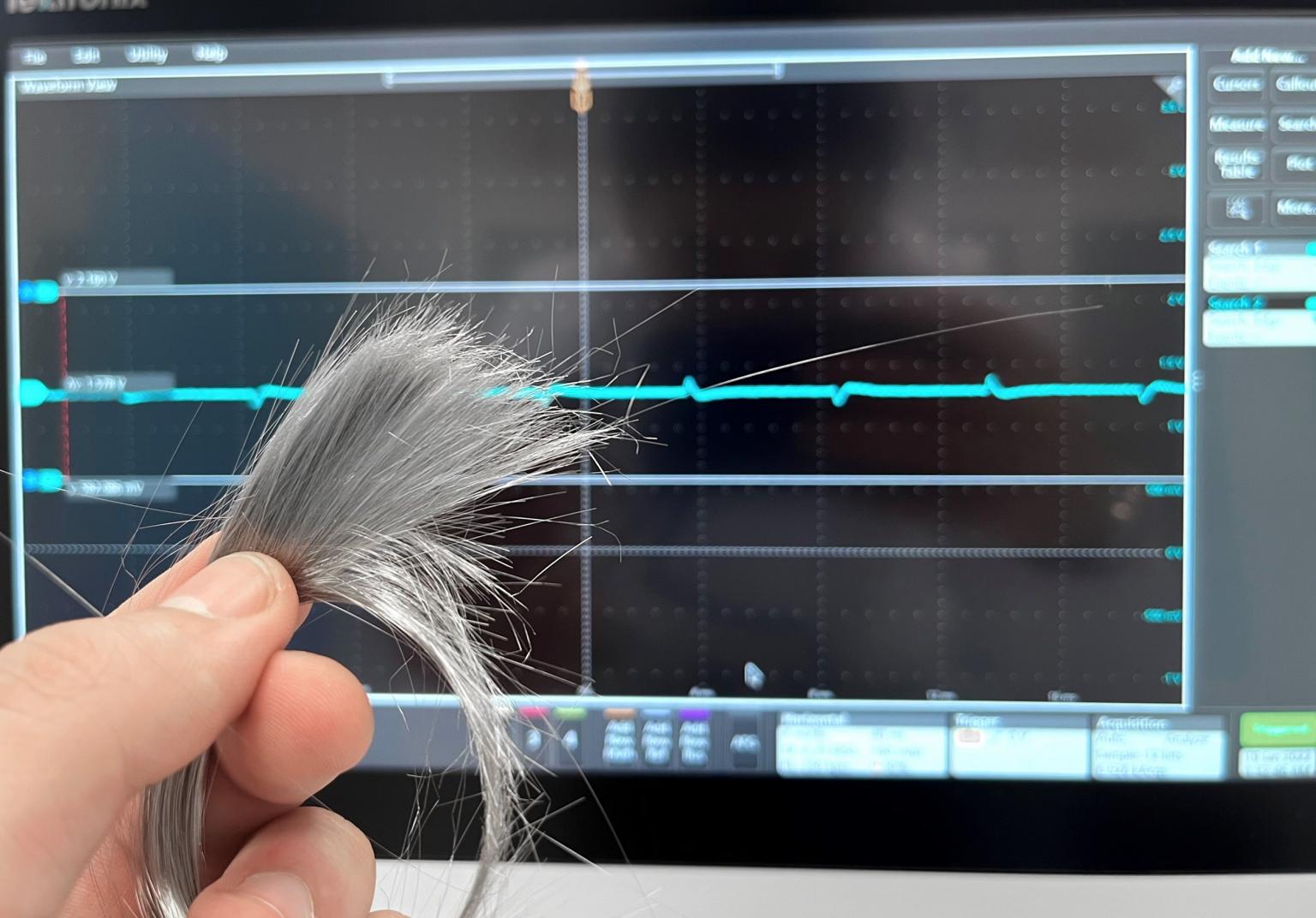
Fundamentally, polymer science distinguishes composite materials between thermoset and thermoplastic composites.
Thermoplastics are softened when heated and can be later re-melted and reúformed, and thermosets are put through a chemical reaction when heated which is commonly called curing and is irreversible.
Both are important for their applications and requirements, and both open up different opportunities.
The common market trends in mobility & transportation, aviation and space, and even oil and gas are driven by sustainability, cost, and performance, as well as the energy transition to more sustainable sources, they create an ongoing demand for lightweight materials, and better design concepts.
To better distinguish the different paths for better and smarter composite materials, let’s first identify the manufacturing methods of the different types of composites:
Composite Manufacturing Methods and the possible issues during composite life-cycle:
Thermoset Composites Manufacturing Methods:
- Hand layup
- Vacuum bag
- Resin injection
- Pultrusion
- Filament winding
- High and low temperature compression moulding
Thermoplastic Manufacturing methods:
- Automated Tape Laying (ATL)
- Automated Fibre Placement (AFP)
- Melt impregnation techniques
- Hot stamping
- Super plastic forming
- Autoclave technique
- Filament winding
Composite materials are exposed to a variety of damages and errors, which can also be specified per their type.
Composite-based structures are serving beyond the lifetime they were designed for and they are likely to remain in service for even longer. Many composite structures are in need of immediate attention.
Some examples of common types of material errors in composites include: debonding, delamination, deformation, solidification, wrinkling, matrix failure, crazing, broken fibres and many more.
So if anomaly detection methods are so important for composites, naturally, the introduction of composites into a large-scale production directly depends on the successful application of non-destructive testing (NDT).
Current NDT methods are better in certain environments than others, to name a few: coin tapping, vibration analysis, thermography, optical, ultrasound, radiography methods or eddy current testing. However these come with their fair share of imitations such as accuracy, penetration depth, composite surface accessibility, cost-intensive or time-consuming, need of a vibration-free environment etc. In general – only a few of them allow real-time measurements.
RVmagnetics solution to the composite NDT and real-time Structural Health monitoring lies in a tiny sensor, thin and flexible as human hair, with no need for power wiring. They can simply be embedded between composite layers in the production process which, gives control over:
- each part of the production process (e.g. measure temperature locally even between the layers)
- random inspections
- real-time live data about the current state of the composite through the lifetime the composite is used




